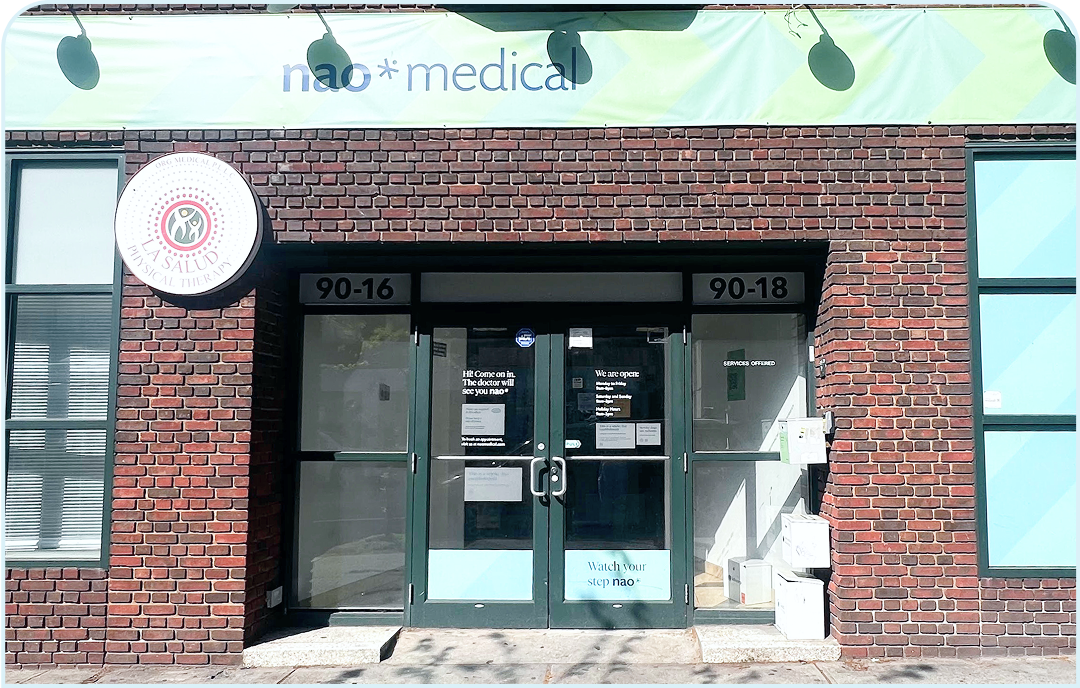As a commercial driver, your blood pressure is an important indicator of your overall health and fitness for duty. To ensure that your blood pressure is within acceptable limits, the Department of Transportation (DOT) requires commercial drivers to undergo a blood pressure check as part of their DOT physical exam.
In this article, we’ll cover everything you need to know about DOT physical exam blood pressure requirements, including the regulations and preparation.
Importance of Blood Pressure in Commercial Driving
Blood pressure is a measure of the force of blood against the walls of your arteries. High blood pressure, also known as hypertension, is a significant risk factor for heart disease and stroke.
As a commercial driver, maintaining healthy blood pressure is essential for your safety and the safety of others on the road. High blood pressure can cause dizziness, fatigue, and other symptoms that can impair your ability to drive safely.
DOT Physical Exam Blood Pressure Requirements
During the DOT physical exam, the medical examiner will check your blood pressure to ensure that it’s within acceptable limits. The blood pressure requirements for the DOT physical exam include:
- A systolic (top number) pressure of less than 140 mm Hg
- A diastolic (bottom number) pressure of less than 90 mm Hg
Preparing for Your DOT Physical Exam Blood Pressure Check
To prepare for your DOT physical exam blood pressure check, there are a few things you can do:
- Manage your blood pressure: If you have high blood pressure, work with your doctor to manage it before your exam.
- Get a good night’s sleep: Getting enough rest before your exam can help ensure an accurate blood pressure reading.
- Limit caffeine and nicotine: Caffeine and nicotine can temporarily increase blood pressure, so it’s best to avoid these substances before your exam.
- Relax: Taking deep breaths and relaxing your muscles can help lower your blood pressure during the exam.
FMCSA and USDOT Regulations
The Federal Motor Carrier Safety Administration (FMCSA) and the United States Department of Transportation (USDOT) regulate commercial driving and ensure the safety of drivers and others on the road.
As part of these regulations, commercial drivers are required to meet certain medical standards, including blood pressure. Drivers who do not meet these standards may be disqualified from driving until they can meet the requirements.
Related Search Terms for DOT Physical Exam Blood Pressure Requirements
If you’re looking for more information about DOT physical exam blood pressure requirements, here are some related search terms to explore:
- FMCSA blood pressure requirements
- USDOT blood pressure requirements
- DOT physical exam blood pressure medication
- DOT physical exam blood pressure form
- Preparing for DOT physical exam blood pressure check
- DOT physical exam blood pressure study guide
- High blood pressure and commercial driving
- DOT physical exam blood pressure waiver
- Blood pressure monitoring for commercial drivers
- DOT physical exam blood pressure requirements for women
Conclusion
Maintaining healthy blood pressure is essential for commercial drivers, as it can affect your ability to operate your vehicle safely. By understanding the requirements and preparing for your DOT physical exam blood pressure check, you can ensure that you meet the necessary standards and continue to drive safely on the road.







 (917) 310-3371
(917) 310-3371











